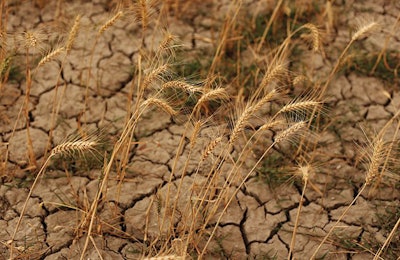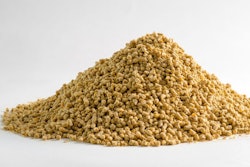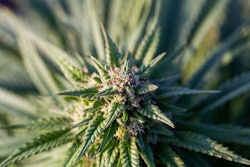
Climate change may help explain why so many crises seem to be happening all at once, researcher says
If it seems like the past few years have been a lot, with extreme weather and war and one crisis after another piling on top of each other, that’s because they have been, according to a researcher with MIT’s Abdul Latif Jameel Water and Food Systems (J-WAFS) Lab.
The feed industry has been spared this level of disruption in recent history mostly thanks to the advent of global trade, according to research scientist Kenneth Strzepek. Sure, you could have a major drought impacting production in, say, South America at any given time, but usually if that was the case, another one of the world’s “breadbasket regions,” like the U.S. or Ukraine and Russia, would have a bumper crop to make up for it. But lately these key regions seem to be more likely to suffer a drought or some other form of disruption at the same time, leading to greater disruptions in grain and animal feed supply chains, Strzepek said.
“We’re studying how climate change may be bringing the globe’s breadbasket regions into synchronization,” Strzepek said of work taking place at the J-WAFS lab. Preliminary results, he said, show that “we’re seeing more droughts at the same time.”
What has happened, Strzepek said, is that the risk for extreme whether — too much rain or too little — in any one place around the world has increased. As the odds of an extreme weather event increase for a single location, the probability of seeing more than one major drought at the same time grows.
“That’s our big worry — that we start moving into a new paradigm where the climate will be much more variable,” he said. “But the climate models are saying the same thing. … We have only a small increase in [average] precipitation, but we’re getting 15-20% more floods, and 15-20% more drought.”
Other extreme events such as COVID-19 and conflict in Ukraine are not directly caused by this synchronization of drought around the world, Strzepek said. However, if the probability of drought occurring around the globe at the same time is increased, then the world’s supply chains become more sensitive to other destabilizing events.
Coping with this change in climate will require a shift in how world and industry leaders think about mitigating risk, Strzepek said. An increased emphasis on storing excess grain in times of plenty may be one effective strategy to brace against increased market volatility in the future.
“We trade because I have a surplus when you have a need,” he said. “But if we have a drought at the same time, prices skyrocket. The solution is storage. We need to store grains at times of plenty, so that we can use them like the story in Genesis.”










